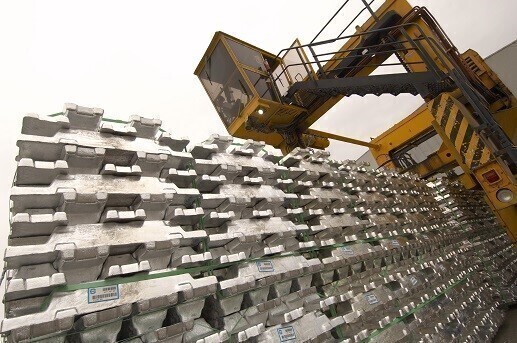

In response to the United States' decision to hike tariffs on Chinese aluminium and steel, Canada has made a firm commitment to shield its market from becoming a secondary channel for diverted Chinese products. As the U.S. increases tariffs on specific Chinese imports to 25% from 7.5%, affecting over $1 billion worth of goods, Canada vows to protect its industry from the potential influx.

Navpreet Chhatwal, communications adviser for Finance Minister Chrystia Freeland, emphasised Canada's robust trade-remedy system, designed to thwart dumped and subsidised imports. This measure aims to safeguard Canadian workers and the aluminium sector from unfair competition. Although Freeland's office is still evaluating the American tariffs, they have not ruled out further actions to prevent market distortion.
Trade lawyer Lawrence Herman advises prompt Canadian tariffs on Chinese aluminium to preemptively deter redirection from the U.S. He critiques the slow trade-remedy process and suggests targeted tariffs under Section 53 of Canada's Customs Tariff Act to counteract subsidised imports and uphold trade agreements. The concern is that without decisive action, Canada could become a conduit for transshipping Chinese aluminium into the U.S. market.
The White House justifies the tariff hikes by highlighting China's unfair production practices, which undercut U.S. aluminium products with artificially low prices and higher emissions. As the U.S. presidential campaign intensifies, both candidates are vying to demonstrate a hard stance on China, exacerbating trade tensions.
China's economic slowdown, driven by real estate market issues and past pandemic lockdowns, has led to overproduction in sectors like electric vehicles. This surplus, combined with subdued domestic consumption, fuels aggressive export strategies, escalating trade conflicts with the U.S. Professor Eswar Prasad from Cornell University notes that these dynamics contribute to increasing U.S.-China trade frictions.
Canada's proactive stance and potential implementation of targeted tariffs reflect a strategic approach to maintaining market stability and fairness in the aluminium sector. As global trade dynamics evolve, vigilance and timely policy responses will be crucial in navigating these complex economic waters.
If you wish to learn more about the international aluminium market, have a look at AL Circle's special report, Global Aluminium Industry Key Trends to 2030.
Responses








